As one of the top Brahman cattle ranches in the world, the V8 Ranch is dedicated to not only helping you breed top-quality Brahman bulls and cows, but also providing education about sustainable and humane ranching.
We’ve compiled the top questions we get asked about Brahmans to help you understand this special and unique cattle breed – so you can love them as much as we do!
American Brahmans 101: Everything You Want to Know About Brahman Cattle
What Makes Brahman Cattle Special?
Brahman cattle are known for their distinctive humps, long, floppy ears, and loose skin. The Brahman hump (also called a “cupim”) is a muscle that sits atop the shoulder of Brahman cattle and is unique to the breed – in fact, it’s one of the most identifying factors. Their notable loose skin and the fact that Brahmans have four times the number of sweat glands found in other cattle breeds makes them uniquely suited to warm climates. These two features give Brahman cows and bulls an exceptional capacity to regulate heat. This is one reason why so many ranchers and breeders who live in warm climates (like Texas, South America, Botswana, Thailand, Australia) choose to breed Brahman cattle versus other breeds.
How Did Brahman Cattle Get Their Name?
You may hear the word “Brahman” and be curious about how this breed of cattle got their name.
Brahman cattle can trace their lineage all the way back to India. In 1854, the first notable import of Indian cattle came when Richard Barrow, a sugar and cotton farmer in St. Francisville, Louisiana, received a gift of two bulls from the Government of Great Britain for his contributions in instructing British officials about cotton and sugar cane farming methods.
When The American Brahman Breeders Association (ABBA) was founded in 1924, J.W. Sartwelle from Houston, Texas, served as its inaugural recording secretary. He suggested the term “Brahman” to describe this unique type of cattle and the name stuck! Guess “American Brahman” rolls off the tongue easier than “American Bos indicus”.
What is the difference between a Braymer, A Brahma, and A Brahman?
Absolutely nothing – just different pronunciations of the word.
In terms of how you pronounce it, it’s “BRAH-mun.” But of course, we don’t always follow the rules ‘round here. For example, our local high school rival is the “Bray-muhs” and it’s spelled Brahma. Jeff Richard (our current show cattle manager) says “Brimmer”. It’s really a regional and generational thing – it seems like the older cowboys use “braymer” more often. But at V8, Brahman is the official word and how we say it.
How Long do Brahman Cattle Live?
Brahman cattle are known to live long lives – usually between 15-20 years, which is quite impressive in comparison to other cattle breeds. Bulls, particularly when part of a single-sire group, can be with cows for around 8 to 10 years. The reason they’re able to live so long is because they’re incredibly adaptable and resilient to their environment.
Their extended lifespan is a big reason why so many people love breeding and raising Brahman cattle – not only are they easier cattle to raise (compared with other breeds) but they also offer many years of productive and reliable presence in the herd.
How Much Do Brahman Cattle Weigh?
Our mature Brahman herd bulls currently weigh between 2,230 (Mr. V8 274/7 “George”) and 2,690 (Mr. V8 604/7 “Man of Steel”) pounds. Brahman cows weigh between 1,200 and 1,600 pounds. At birth, a baby Brahman calf is typically low birthweight – between 60 and 100 pounds.
Miss V8 406/8and Miss V8 812/8
What is the best Brahman color?
Brahman cattle come in many shades and colors, just like people. We at V8 Ranch believe there’s no “best” color. Instead, being the best means getting down to the DNA level – after all, genetics are more important than hair color.
That being said, you’re going to find Brahmans come in 3 primary ranges: Grey Brahmans (which range in tone from white to light or dark grey and can include red tinged cattle); Red Brahmans (which range from gold or bronze tone all the way to dark red); and Black Brahmans (which are born silver and turn almost solid black). It’s also possible to breed these colors to produce gorgeous hues. Some people prefer the look of certain colors over others – but we caution you to do your homework when it comes to breeders who tell you one color is “best”. You’re likely to discover it’s the color they’re trying to sell you. *wink*)
Are Brahman Bulls Friendly?
Brahmans are intelligent, curious, and a bit shy – they’re often quite interested in their surroundings. Like any animal, it’s important to practice gentle and thoughtful handling. These cattle appreciate affection and have the potential to become quite docile, showcasing a friendly and cooperative disposition.
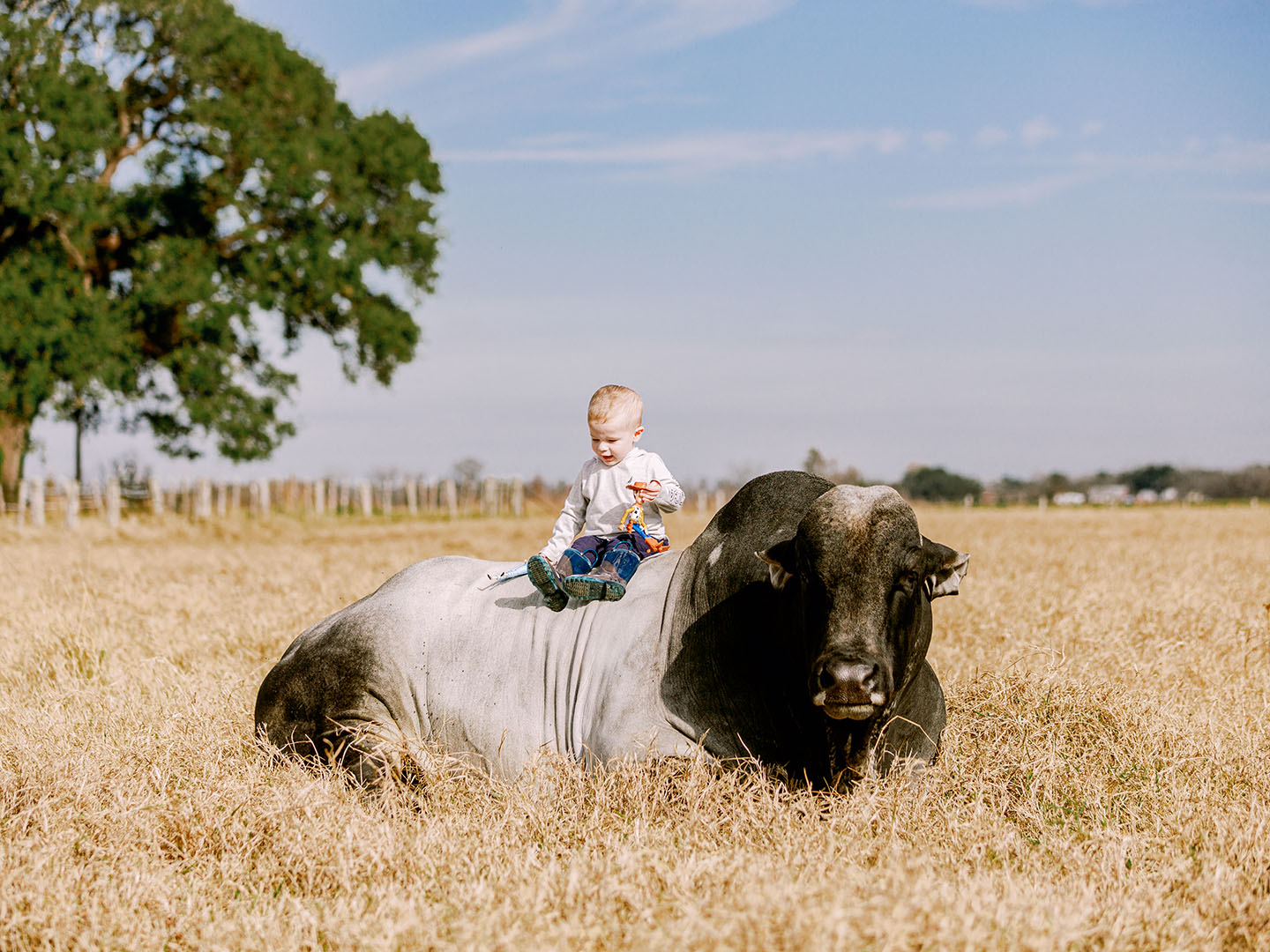
Knox Neumayr and Mr. V8 274/7 ‘George’
What do Brahman Cattle Eat?
Brahman cattle are known for their adaptability and ability to thrive in various environments, which extends to their dietary preferences. These cattle are considered to be quite versatile when it comes to their diet. They often consume a mix of grasses and other forage materials. At V8 Ranch, we grow a variety of grasses that not only ensure when our cattle graze and forage around the ranch they get as many nutrients as possible, but this practice also leads to sustainable and healthy growth year round.
Depending on the season and our current crop, Brahman cattle may also eat agricultural byproducts like hay, and although not fed at our ranch, some feed silage. Because Brahman cattle can effectively utilize roughages and fibrous materials, they’re extremely well-suited for areas where higher-quality forage might be limited.
Is Brahman Cow meat good?
Brahman cattle do make their way in the food chain. At V8 Ranch, we focus on breeding and showing as our primary goals – and it’s why we have showcased over 100 National and International Grand or Reserve Grand Champions and are the second largest Brahman breeder in the world. We believe that Brahman’s true impact to the beef industry is in a crossbreeding program, utilizing the heat tolerance of Brahman and pairing that with an English-based breed like Hereford or Angus.
If you’re epicurious, Brahman beef tends to be leaner and slightly different in taste compared to beef from other cattle breeds. The meat often carries a slightly deeper flavor due to the Brahman’s unique muscle development and diverse diet. Their meat might have a more pronounced “grass-fed” flavor, due to the vegetation they graze on. Because it’s on the leaner side of beef, it often has a slightly firmer texture. When cooking Brahman beef, you might notice its ability to absorb marinades and spices well.
Can you Drink Brahman Cow Milk?
Yes, you can drink milk from Brahman cows, just like you can drink milk from other breeds of cows. However, that’s not usually what they’re known for or bred for.
There are several popular dairy cow breeds that have been selectively bred over generations to maximize milk yield and quality. They include Holstein, Jersey, Guernsey, and Brown Swiss.
Milk from Brahman cows has a high percentage of fat in it. It’s very nutrient rich. Just like milk from any other cow, Brahman milk can be used to make various dairy products such as yogurt, cheese, butter, and more. Dairy farmers in the southern U.S. and parts of South and Central America use American Brahman cows to mix with traditional dairy breeds. This makes the milk richer in butter fat and protein, and also increases the amount of milk produced, which helps them earn more money.
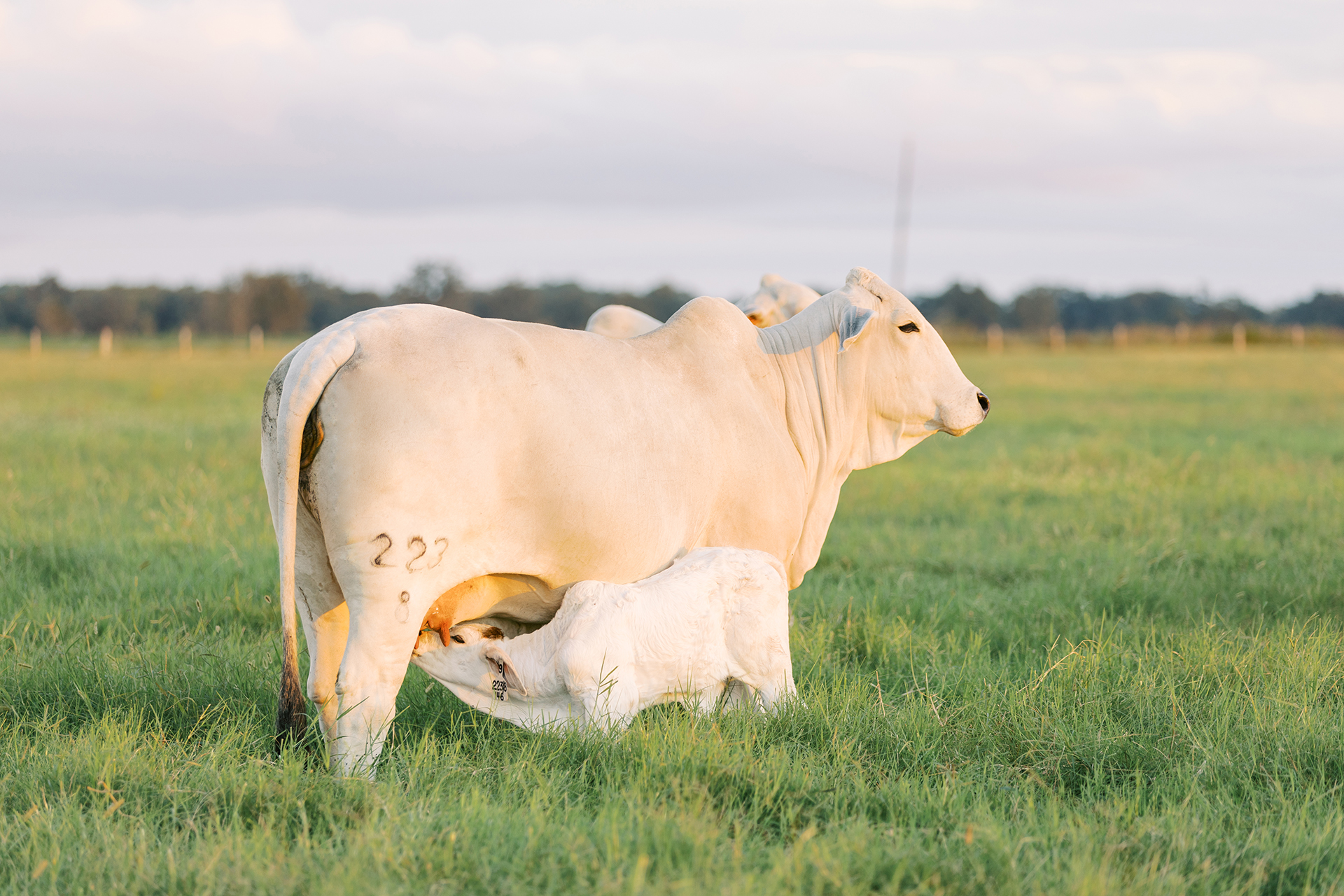
Can you Crossbreed Brahman Cattle?
Yes, Brahman cattle can be crossbred with other cattle breeds to create hybrid offspring with specific desired traits. Crossbreeding is a common practice in cattle ranching to achieve a combination of characteristics from different breeds.
When you crossbreed Brahmans, you’re likely to get several benefits:
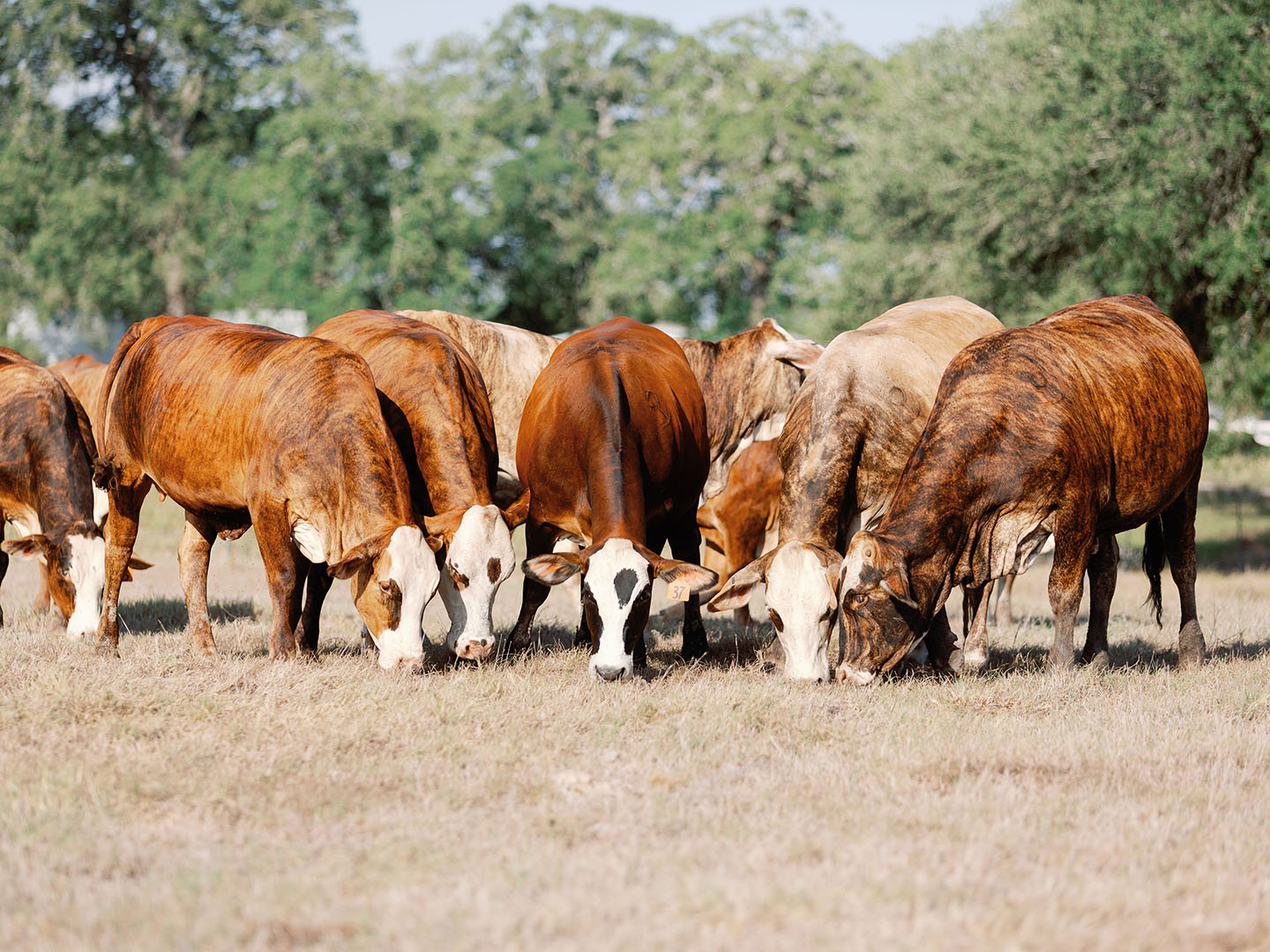
F-1 Tiger-striped Females
Heat Tolerance
Brahman cattle have a natural ability to withstand heat, and crossbreeding them with other breeds can impart heat tolerance to the offspring, making them better suited for hot climates.
Meat Quality
Depending on the breed they are crossed with, Brahman-influenced cattle can have improved meat quality, such as tenderness and marbling. For example, Brahmans are often crossbred with Angus cattle to create Brangus beef. Hereford cattle are also often crossed with Brahman for improved meat quality and adaptability.In addition, there are EPDs for meat quality and carcass traits (Tenderness, Fat Thickness, Carcass Weight, Ribeye Area) and we have these trait leaders.
Hybrid Vigor
Crossbred cattle often exhibit hybrid vigor, also known as heterosis, which can result in improved growth rates, reproductive performance, and overall fitness. For instance, Charolais cattle are known for their size and growth potential. Crossing them with Brahman can result in F1 Charbray calves with good growth and carcass traits.Sloan Williams loved crossbred cattle and some of his favorite breeds to utilize in a terminal cross were Brangus and Charolais. This cross highlighted the strengths of all three breeds in that composite.
Maternal Traits
Brahman-cross cattle can inherit good maternal traits from their Brahman parent, such as strong mothering instincts and milk production. For example, Shorthorn-Brahman crosses are often chosen for maternal traits, as Shorthorns are known for their good milking abilities and docility.
A Critical Note about Crossbreeding Brahmans
Who you choose as your genetic partner matters. When you work with V8 Ranch, we work with you to understand the specific goals of your cattle operation, the environmental conditions, and the desired traits for the offspring. Then, we help you choose the right match for what you want. Our partnership continues long after the deal is done.
When you choose V8, you become family. Even to this day, we hop on calls and answer emails daily from ranchers around the world who have V8 genes on their properties – at no additional cost. As one of the leaders in the industry, we set the standards for the support, integrity, and ethics you receive within the Brahman breed and that means ensuring you see a strong return on your investment now and for many years to come.
What does “Polled” Mean?
Traditionally, cattle have horns that grow from the top of their heads. Polled refers to a cow being born without horns due to a genetic trait.
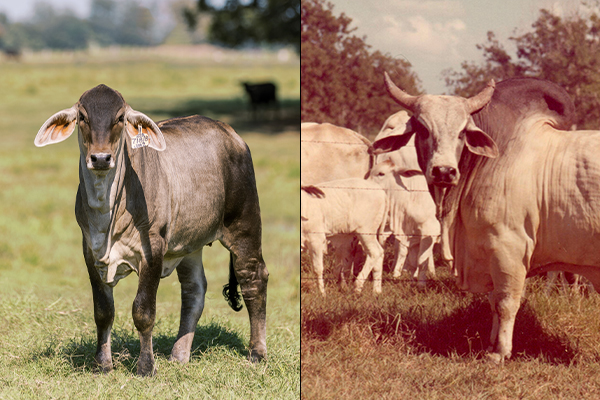
Polled Brahman and Horned Brahman
This polled trait can be passed down from one generation to the next, and if both parents carry the polled gene, their offspring are more likely to also be polled. Some cattle carry a polled gene and still grow horns (isn’t science wacky?). If one “parent” has the polled gene and the other doesn’t, you may get what’s known as a scurred cow.
Scurred refers to a condition where a cow develops abnormal growths or protrusions on its horns (or the area where its horns would normally be). Unlike true horns, which are permanent, scurs may grow and change over time. Because they can sometimes cause discomfort or injury to the cow or other cattle in the herd, ranchers often choose to trim or remove them for the safety and well-being of the animals.
At V8, we love both horned and polled Brahman cattle, although our main focus will always be quality. In fact, in the last few years we’ve added more top-quality polled Brahman cattle to our herd: Miss HMC 129/1 “Lily” and NCC Municipal.
Here’s an interesting history tidbit for you…
Did you know that it wasn’t until the early 1980s that we started the practice of dehorning our bulls? At that time, we had a valued customer from Missouri, Mr. Lee McLean, a seasoned entrepreneur and esteemed hotelier. He boasted the largest Red Brangus herd outside of Texas and was keen on developing new bloodlines.
Each year, Mr. McLean would purchase 10 breeding-age V8 bulls, but he had one condition: they had to be dehorned before he would bring them home to Missouri. Dehorning the bulls at the age of two presented some major challenges – it was tough on the bulls, took a long time to heal, and proved to be quite expensive.
After about three years, ranch manager Jim approached his father Sloan and said, “Daddy, why don’t we dehorn all the bulls when they’re still young?” Sloan wasn’t initially sold on the idea. In those days, most breeders were leaving the horns on the bulls. However, the US Sugar Corporation was already dehorning their bulls, and ultimately, we decided to make the change as well.
As it often happens, change can be a bit of a struggle. We faced resistance from some of our international buyers. For the longest time, people associated the horns with the breed’s character and masculinity.
Now, forty years later, a dehorned Brahman bull has become the standard. While we have no intentions of reverting to the old ways, we cherish the photographs of our horned bulls and are grateful for their place in our breed’s rich history.
What age should you breed Brahman heifers?
While you can breed Brahman heifers as early as 18 months, our preference is to wait to breed heifers so they will calve as three-year-olds. We find they make bigger, prettier cows when you do this.
Brahmans reach sexual maturity later than Bos taurus cattle, but make up for it in the end because they tend to have more calves within their lifetime. Some of the “senior” cows on V8 Ranch are nearing 20 years old! Those added years of production easily offset other breeds of cattle reaching breeding age a little bit quicker.
Here’s an analogy using “human years” that might paint the picture for you. An Angus female may start breeding in her teenage years, but she’s going to stop in her 30s. On the other hand, we won’t start breeding our Brahman females until their early 20s but they’ll go until they’re 60! (And yes, we get that in humans this may sound terrifying, but in cattle world, this is great news!)
If you’re asking about show cattle, our tip would be to have them heavy bred (7-8 months) at the show you are targeting.
The ABBA Show Rules state “For females being shown in the four oldest classes (females calved Sept. 1, ____ – August 31, ____, for Fall Shows; females calved Jan. l – Dec. 31, ____ for Spring Shows), exhibitor must have a certificate of pregnancy no older than 30 days issued by a licensed veterinarian or certified technician to be presented to show officials at time of check-in or registration paper check. Females exhibited in the last class MUST have her nursing natural calf at side.”
How do you get started as a Brahman Rancher?
There are many ways to get started as a Brahman cattle rancher. If you don’t have a property suitable for your own cattle operation, you can partner in a V8 Ranch bull or female with us.
Our most popular way to partner on cattle is investing in “half interest” of an animal. That means we continue to manage the animal and share the profits and success with you. When you partner on bulls, you’ll usually take half of the semen collected and use it in your own herd. When you partner on females, you’ll take half of your embryos and put them in your own recips.
If you have your own female cattle, you can buy straws of our V8 Ranch American Brahman bull semen. Each one comes with an AI certificate and has been bred for the best genetics possible.
You can also buy donor females from us. Twice a year, we have our Made for Magic online sale, as well as our private treaty sale, offering the top fall- and spring-born heifers of the previous year.
How Can I Be Part of A Brahman Cattle Community?
We love this question! Connect with the Brahman community and embrace the V8 Ranch experience by joining our mailing list. Stay updated with the latest Brahman insights, news, and offerings by joining our exclusive mailing list.
You can also call or text/WhatsApp us at 979-533-2056. We’re open Monday – Friday from 9:00 AM to 5:00 PM Central.
Plus, now you can support our family-run business with exclusive V8 Ranch apparel. Each piece is designed with the story, history, and legacy of V8 Ranch in each thread. Plus, when you buy a shirt, cap, or home fragrance, you’re supporting small business and the local economy – while looking super fresh and fashionable. We’ve even put together some ideas for how to style your V8 Ranch shirts here.
If you are a breeder looking to be part of a global Brahman organization, we encourage you to become an ABBA member. As a member of the American Brahman Breeders Association, you’ll gain access to programs, services and a community of Brahman breeders worldwide. And you’ll see some friendly, familiar faces there – ours!
Have Anymore Questions?
Did we miss something you want to know? Send us your questions inside our V8 Ranch – Fans and Friends group.
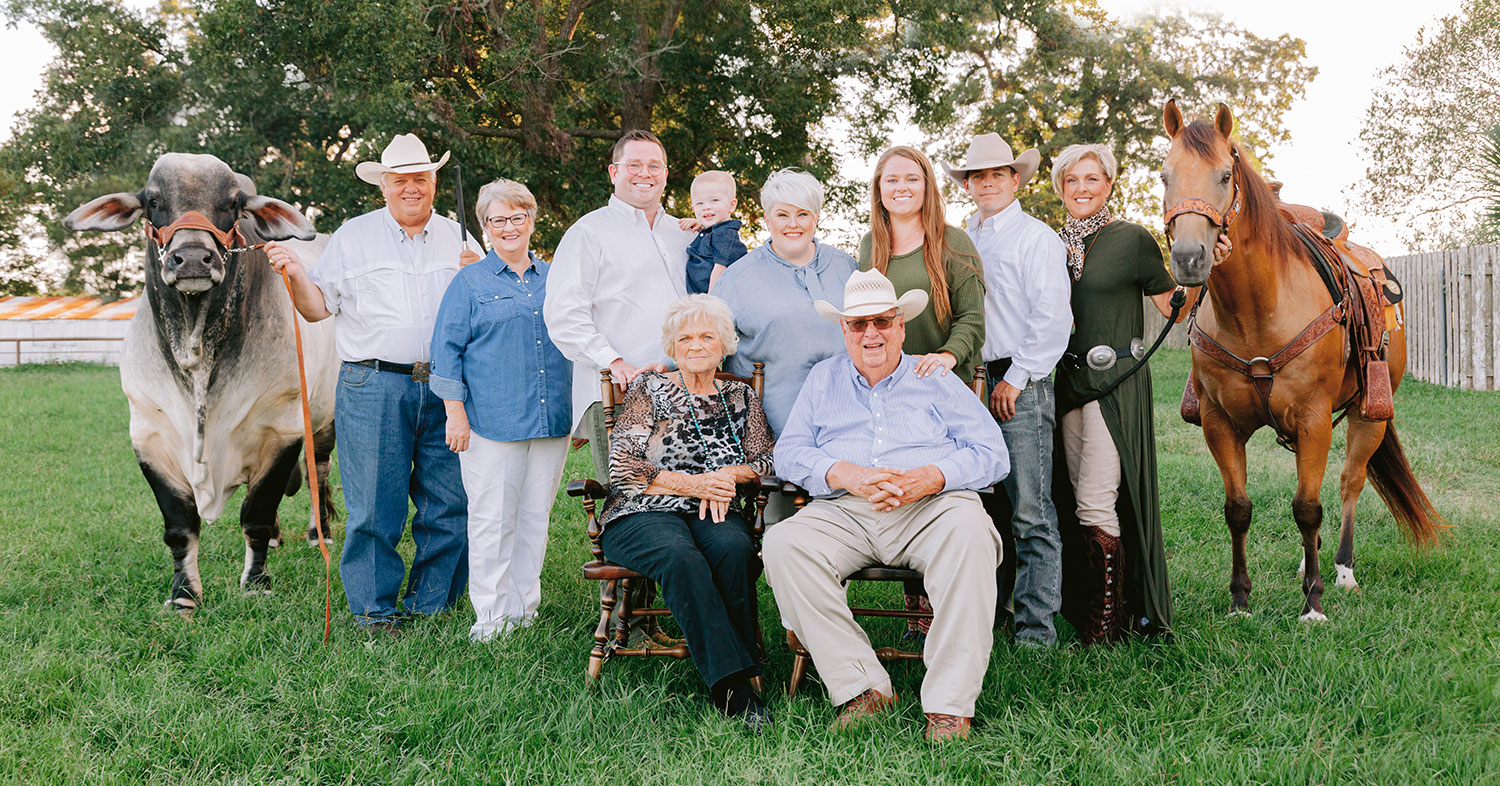
Office Location
6329 FM 1096
Boling, Texas 77420
Phone Contacts
979-533-2056
979-657-3223 (fax)
Hours
M-F: 9:00 AM to 5:00 PM
Weekends: Appointment Only

V8 Ranch, and the V8 brand are registered trademarks in the United States of America and may not be used without permission.
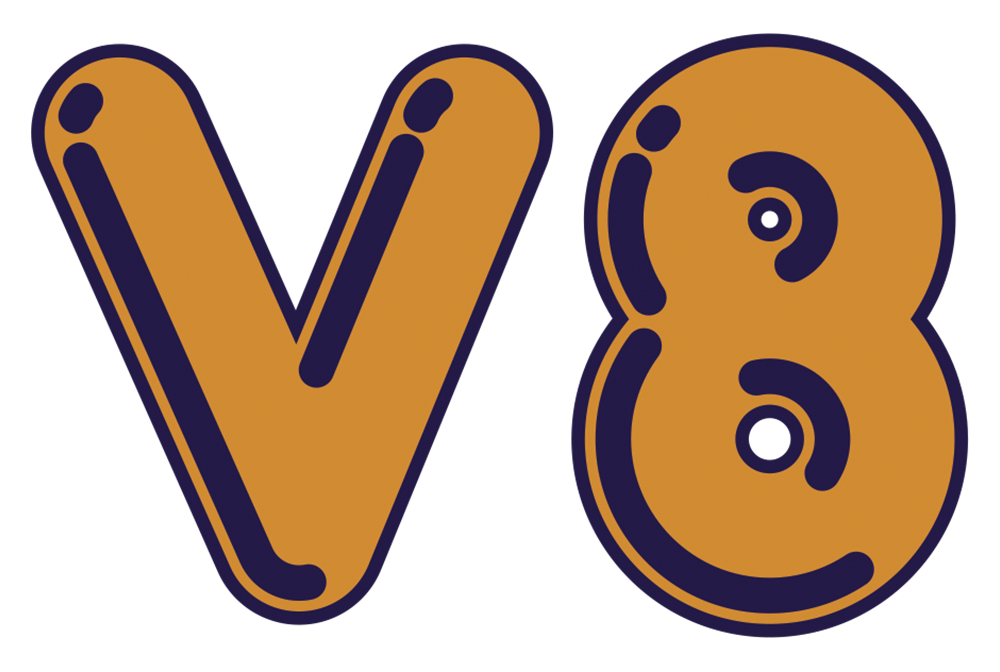
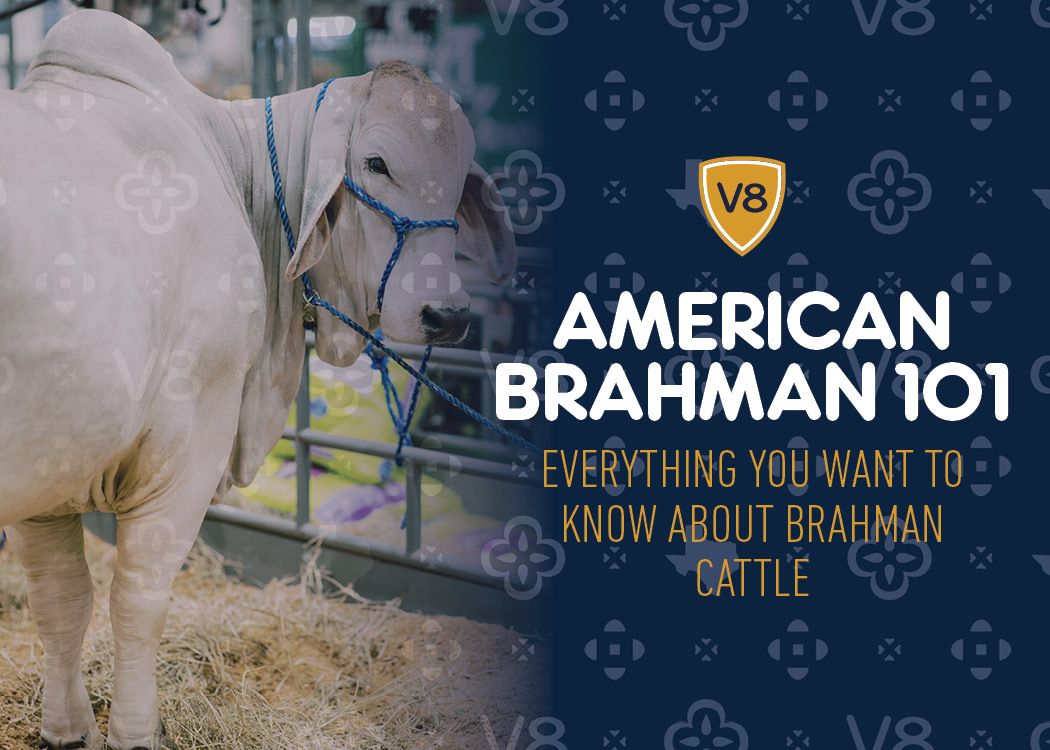
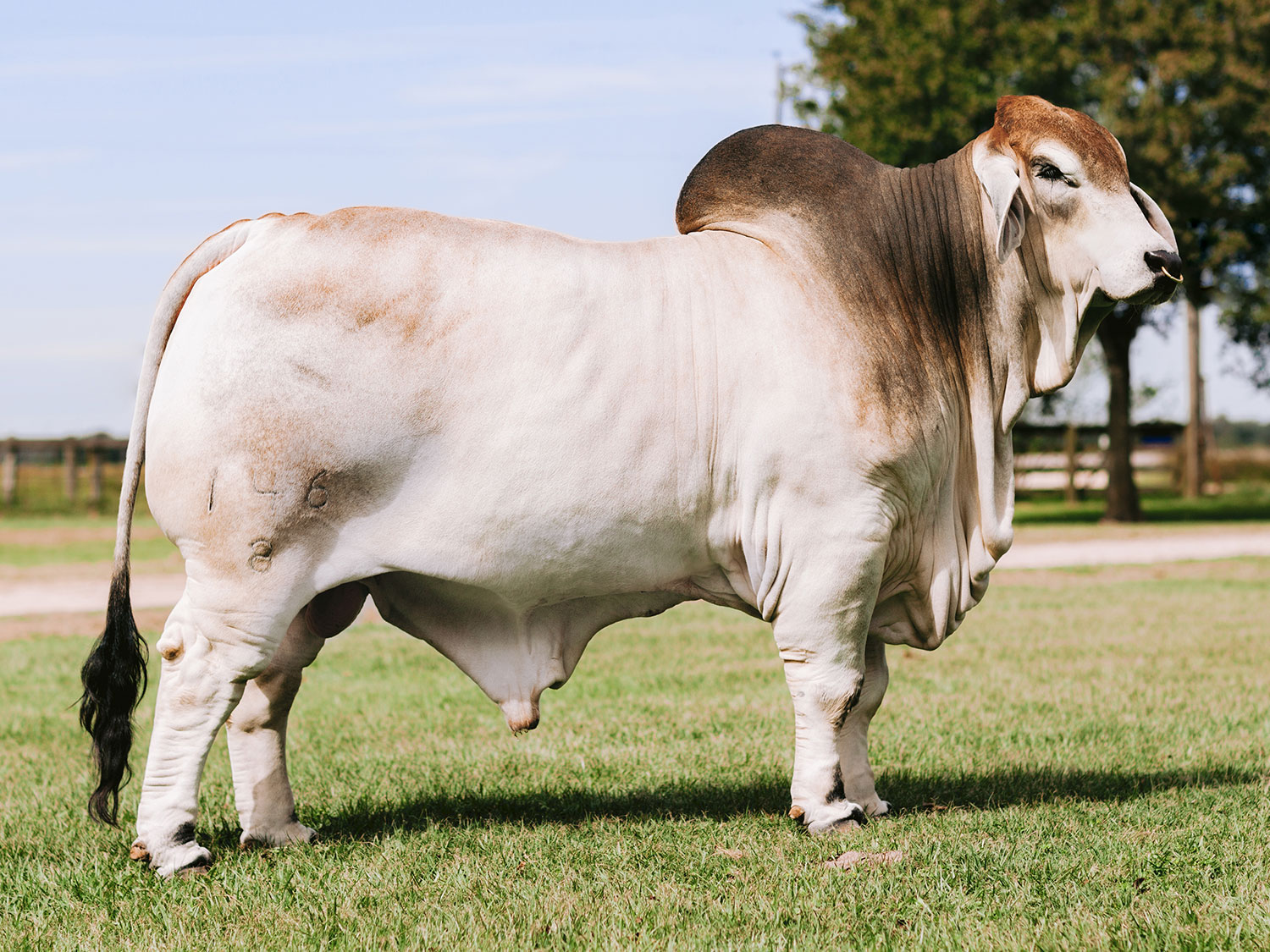
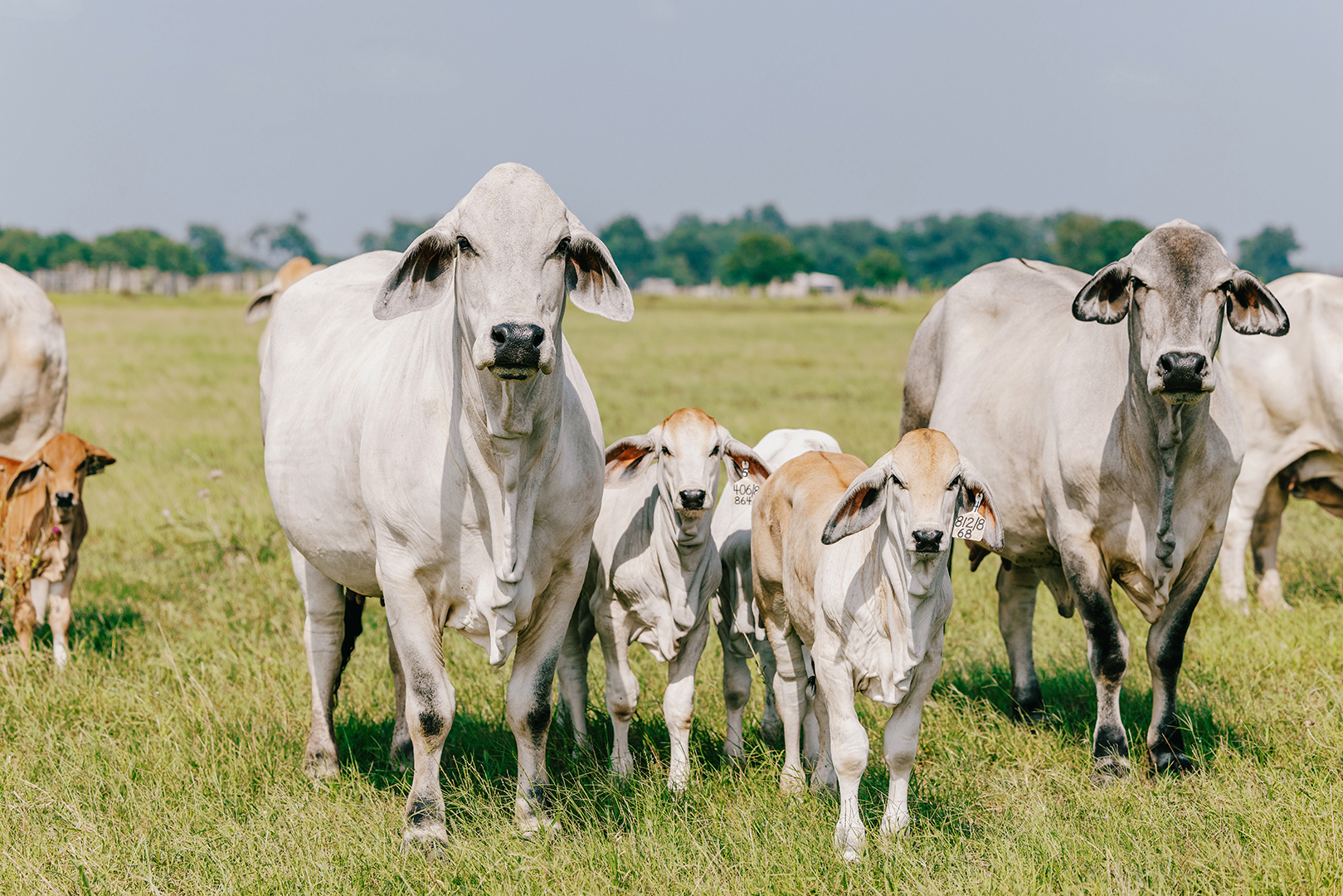
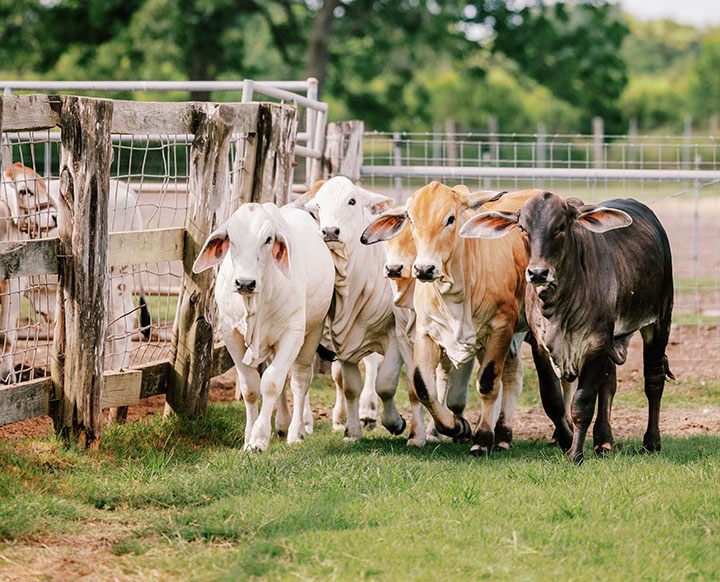
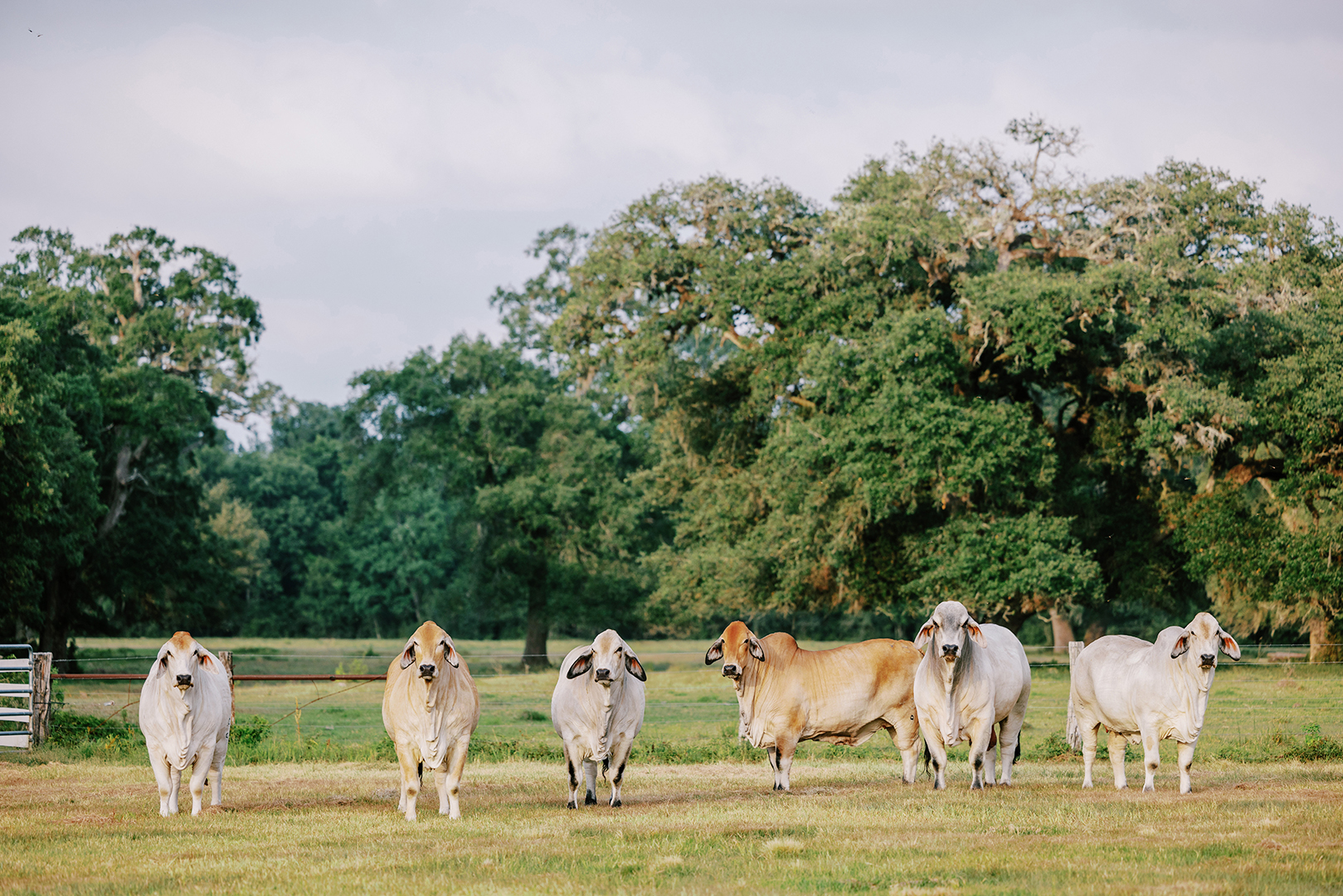
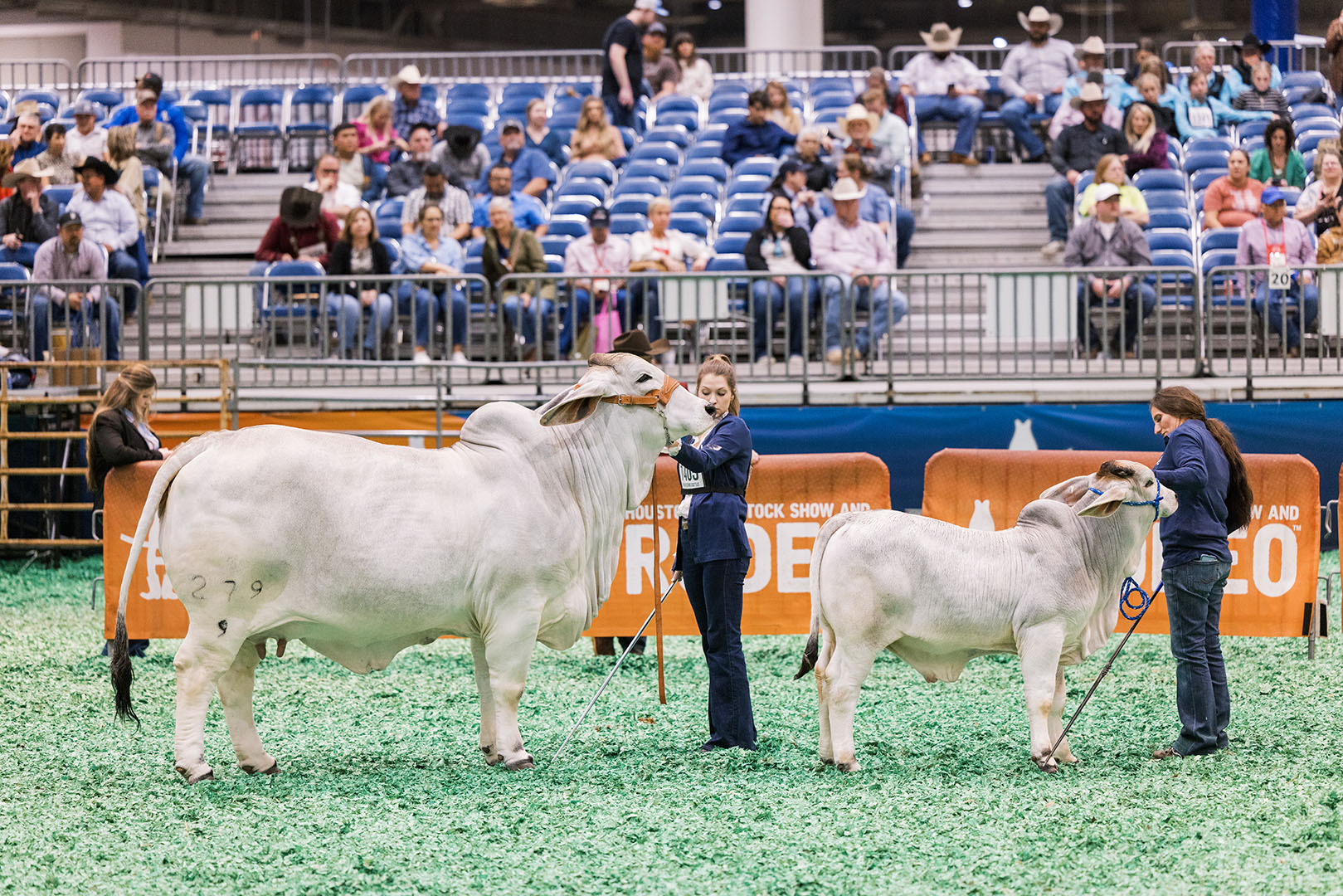
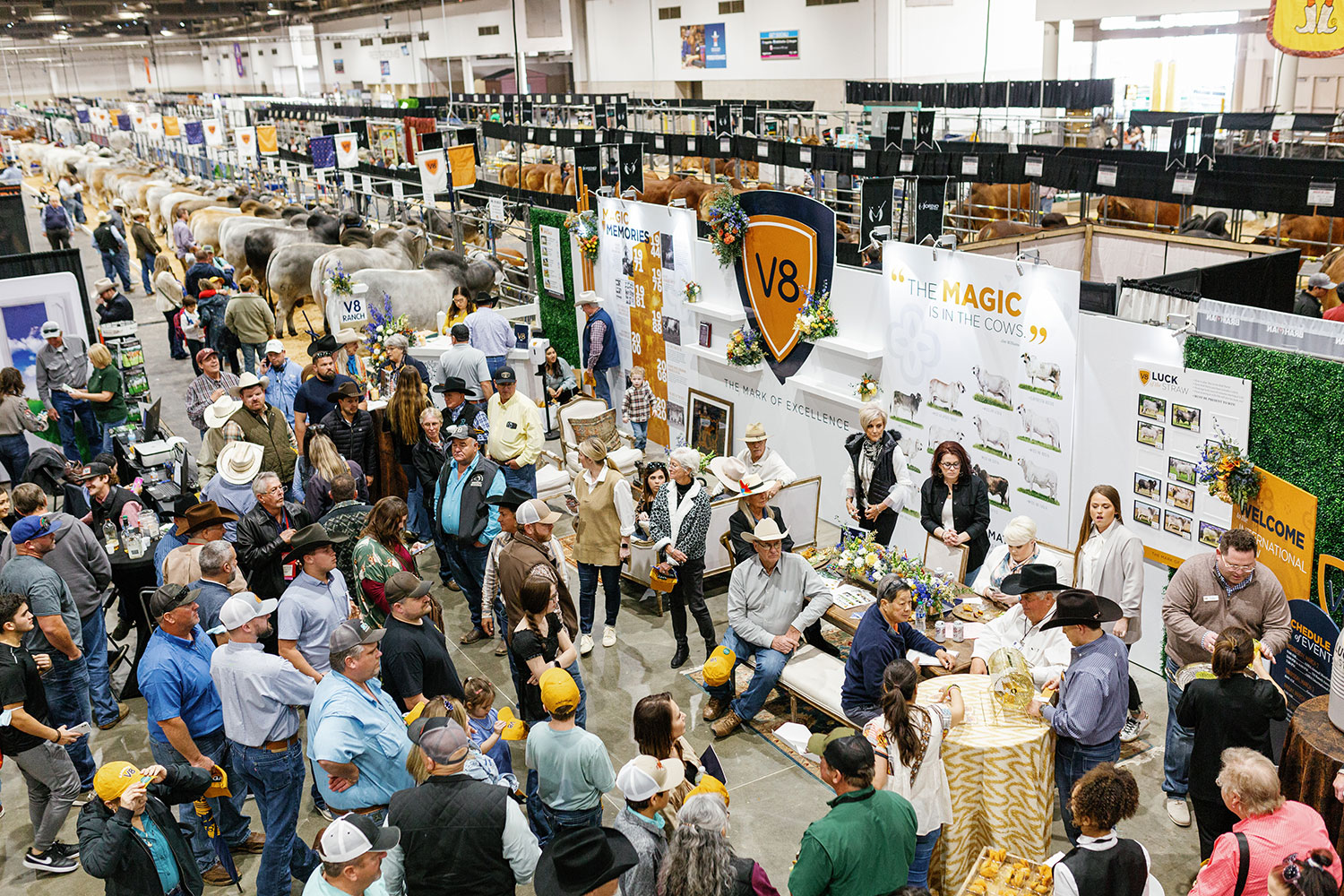


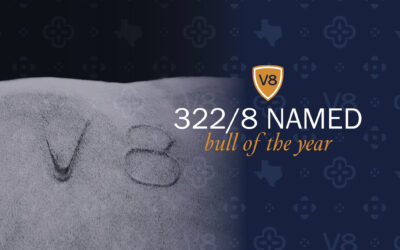
0 Comments